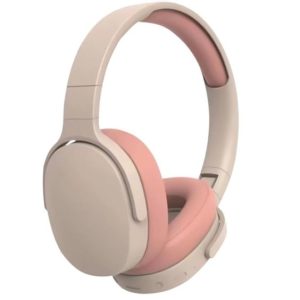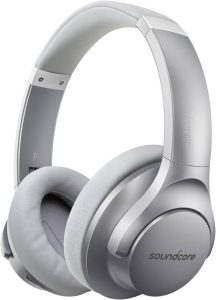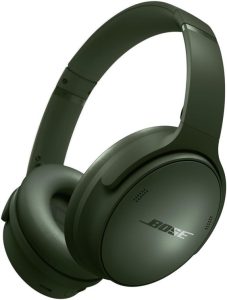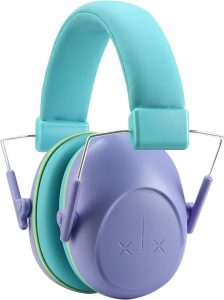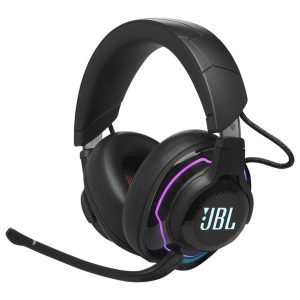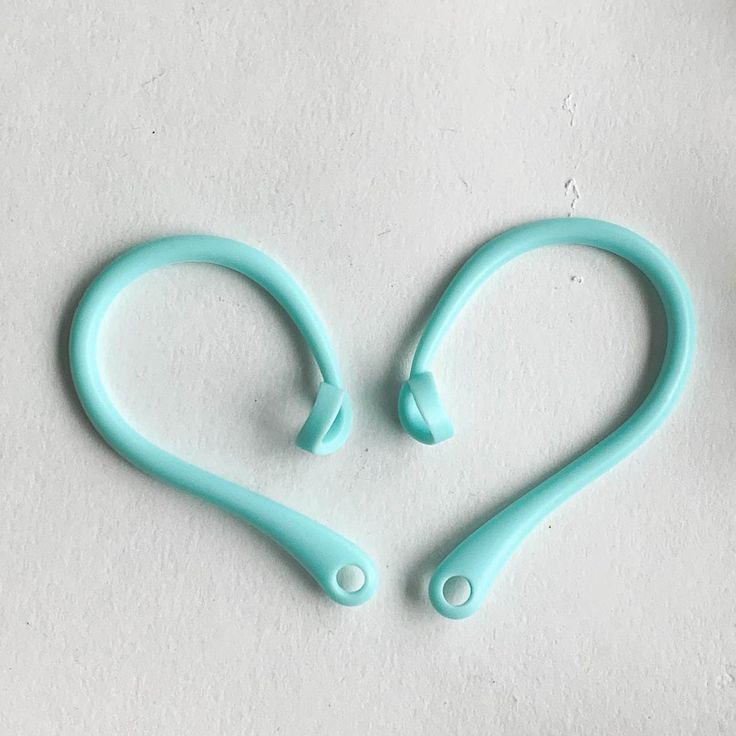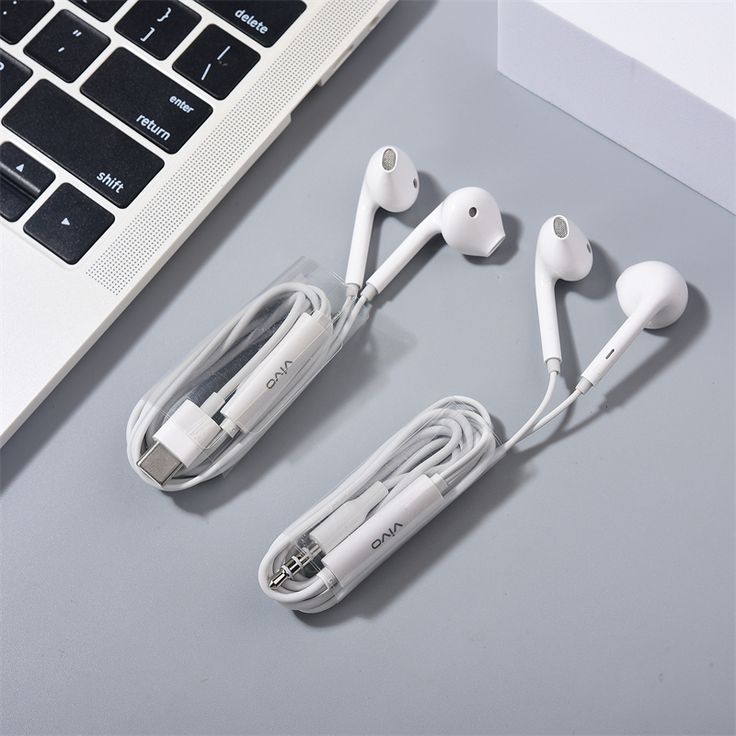Noise-canceling headphones are a popular choice for music lovers, travelers, and anyone who wants to block out unwanted ambient noise, but how exactly do they work? This article dives into the science behind noise cancellation technology.
Understanding Noise and Sound Waves
Sound travels in waves. These waves create tiny fluctuations in air pressure that our ears can detect and interpret as sound. The higher the frequency of the wave, the higher the pitch we perceive. Conversely, lower frequencies sound lower in pitch.
Different Types of Noise
There are two main categories of noise that noise-canceling headphones target:
-
Constant noise: This refers to steady, unchanging sounds like airplane engine hum or air conditioning.
-
Inconsistent noise: This category includes sounds with varying volumes and pitches, like traffic noise or conversations.
The Magic of Noise Cancellation
Noise-canceling headphones use a clever combination of technology to reduce unwanted noise:
-
Microphones: Tiny microphones pick up ambient noise from the environment.
-
Digital Signal Processing (DSP): A built-in processor analyzes the incoming noise.
-
Noise-Canceling Signal: The DSP creates an “anti-noise” signal that is essentially a mirror image of the ambient noise.
-
Speaker Drivers: The headphones’ speakers then produce the anti-noise signal.
How Noise Cancellation Works
Here’s a simplified breakdown of the noise-canceling process:
- Microphones pick up ambient noise.
- The DSP analyzes the noise.
- The DSP creates an anti-noise signal.
- The speakers produce the anti-noise signal.
When the anti-noise wave meets the original noise wave, they partially or completely cancel each other out. This significantly reduces the amount of noise reaching your ears.
Different Noise-Canceling Technologies
There are two main types of noise cancellation technology used in headphones:
-
Active Noise Cancellation (ANC): This is the technology described above, where the headphones actively generate sound to counter ambient noise.
-
Passive Noise Cancellation (PNC): This relies on physical design features of the headphones to block out noise. For example, snug earcups that create a good seal around the ears help to passively block out some noise.
Many noise-canceling headphones combine ANC and PNC for optimal noise reduction.
Limitations of Noise Cancellation
It’s important to understand that noise cancellation isn’t perfect. Here are some limitations to keep in mind:
-
ANC is most effective for constant, low-frequency noise. Higher-frequency sounds and sudden noises may be less affected.
-
The effectiveness of ANC can vary depending on the quality of the headphones and the surrounding noise.
-
Active noise cancellation typically requires battery power. The headphones won’t function as noise-canceling headphones when the battery dies.
Choosing the Right Noise-Canceling Headphones
With a variety of noise-canceling headphones available, consider these factors when making your choice:
-
Your budget: Noise-canceling headphones can range in price. Decide how much you’re comfortable spending.
-
The type of noise you want to cancel: Think about the environments where you’ll be using the headphones and the type of noise you want to block out.
-
Comfort: Consider how long you’ll be wearing the headphones and choose a pair that fits comfortably.
-
Battery life: If battery life is important, look for headphones with long battery life.
Noise-canceling headphones offer a great way to reduce unwanted noise and create a more immersive listening experience. By understanding how they work and their limitations, you can choose the right pair of noise-canceling headphones for your needs.
Benefits of Noise Cancellation Technology
Noise-canceling headphones offer a variety of benefits for users:
-
Reduced listening fatigue: Blocking out ambient noise can help you focus on your music or audiobook for longer periods without experiencing listening fatigue.
-
Enhanced audio experience: By reducing background noise, noise-canceling headphones can create a more immersive listening experience, allowing you to appreciate the finer details of your audio.
-
Improved concentration: In noisy environments, noise-canceling headphones can help you block out distractions and improve your ability to concentrate on tasks like studying or working.
-
Peaceful travel experience: Noise-canceling headphones are a popular choice for travelers as they can significantly reduce the droning noise of airplanes and trains, making your journey more peaceful.
Considering Alternatives to Noise Cancellation
While noise-canceling headphones offer many benefits, they might not be for everyone. Here are some things to consider:
-
Cost: Noise-canceling headphones tend to be more expensive than traditional headphones.
-
Battery life: Active noise cancellation typically requires battery power. If you forget to charge your headphones, you’ll lose the noise-canceling functionality.
-
Health considerations: Some people experience ear fatigue or a feeling of pressure from using noise-canceling headphones for extended periods.
-
Safety awareness: In some situations, it might be important to be aware of your surroundings. Noise-canceling headphones can block out important sounds like traffic noise or emergency announcements.
Noise-canceling headphones are a technological marvel that can significantly reduce unwanted noise and enhance your audio experience. By understanding how they work, their limitations, and the alternatives available, you can make an informed decision about whether noise-canceling headphones are right for you.
Beyond the Basic Noise Cancellation
Active noise cancellation (ANC) is a fascinating technology, but how does it handle different sounds? Let’s delve deeper:
-
Targeting Specific Frequencies: ANC headphones are most effective at reducing constant, low-frequency noises like airplane rumble or air conditioner hum. The DSP chip can precisely target these specific frequencies and create an accurate anti-noise signal.
-
Challenges with High Frequencies: Higher-frequency sounds like human conversation or sudden noises are trickier for ANC to handle. These sounds have shorter wavelengths, making them harder to analyze and replicate with an anti-noise signal.
-
The Ongoing Innovation Race: Manufacturers are constantly improving ANC technology to address these challenges. New algorithms and microphone placements are being developed to achieve better noise cancellation across a wider range of frequencies.
Passive Noise Cancellation (PNC): A Different Approach
Active noise cancellation isn’t the only way to quiet things down. Passive noise cancellation (PNC) uses physical design to block out noise. Here’s how:
-
Creating a Seal: PNC headphones typically have snug-fitting earcups that create a good seal around the ears. This seal helps prevent ambient noise from entering your ears in the first place.
-
Dampening Materials: Some PNC headphones use special materials within the earcups that absorb sound waves, further reducing the amount of noise that reaches your ears.
-
A Simpler Solution: PNC doesn’t require any battery power, making PNC headphones a good choice for those who prioritize long listening sessions without worrying about battery life.







